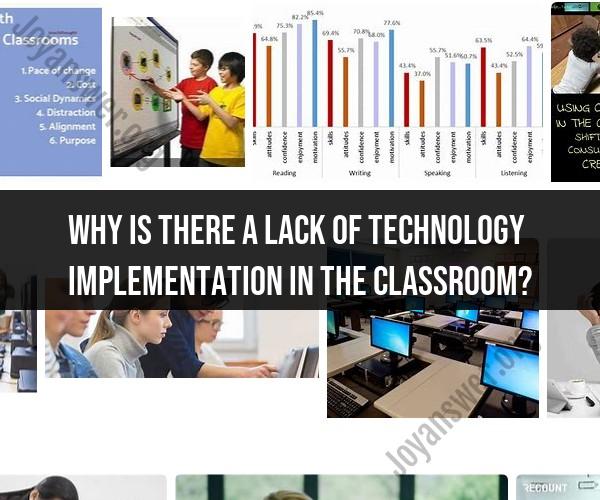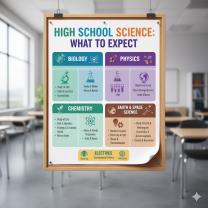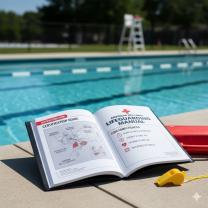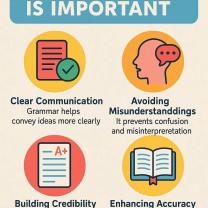Why is there a lack of technology implementation in the classroom?
Classroom technology can greatly enhance the learning experience by providing interactive tools, access to vast resources, and opportunities for personalized learning. However, the successful implementation of classroom technology is often hindered by various barriers. In this article, we will explore these barriers, along with insights and solutions to overcome them.
Barriers to Classroom Technology Implementation:
Limited Budgets:
Barrier: Many educational institutions face budget constraints that limit their ability to invest in advanced classroom technology.
Insight: Recognize that cost-effective solutions exist, such as open-source software, free educational apps, and grants for technology integration.
Solution: Seek alternative funding sources, prioritize technology spending, and explore partnerships with technology providers for discounts or donations.
Teacher Resistance:
Barrier: Some teachers may be resistant to using technology due to a lack of familiarity, fear of obsolescence, or concerns about increased workload.
Insight: Understand that teacher buy-in is crucial for successful implementation.
Solution: Provide training and support, showcase success stories, and involve teachers in the selection of technology tools to address their specific needs.
Infrastructure Challenges:
Barrier: Inadequate internet connectivity, outdated hardware, and limited technical support can hinder technology integration.
Insight: A reliable infrastructure is essential for technology use.
Solution: Invest in infrastructure upgrades, allocate resources for maintenance, and collaborate with IT departments to ensure a seamless technology experience.
Privacy and Security Concerns:
Barrier: Concerns about student data privacy and cybersecurity can impede the adoption of technology.
Insight: Protecting sensitive data is a valid concern.
Solution: Implement robust data protection policies, educate stakeholders about privacy practices, and choose technology vendors with strong security measures.
Lack of Professional Development:
Barrier: Inadequate training opportunities for teachers can limit their ability to effectively integrate technology into the curriculum.
Insight: Ongoing professional development is essential for building teachers' confidence and competence.
Solution: Offer regular training sessions, workshops, and online resources. Encourage peer mentoring and collaboration.
Resistance from Students:
Barrier: Students may resist technology integration if they prefer traditional teaching methods or feel overwhelmed by new tools.
Insight: Understand that students have diverse learning preferences.
Solution: Gradually introduce technology, explain its benefits, and involve students in the selection of technology tools. Encourage a balance between digital and non-digital learning experiences.
Lack of Clear Pedagogical Goals:
Barrier: Implementing technology without clear pedagogical objectives can lead to ineffective use.
Insight: Technology should enhance, not replace, effective teaching practices.
Solution: Develop technology integration plans that align with educational goals and instructional strategies. Focus on how technology can improve learning outcomes.
Incompatible Curriculum and Technology:
Barrier: A misalignment between the curriculum and available technology can hinder integration efforts.
Insight: Seamless integration requires curriculum-technology alignment.
Solution: Revise curriculum materials to incorporate technology, or select technology that aligns with existing curriculum goals.
Overcoming the barriers to classroom technology implementation requires a multifaceted approach that addresses financial constraints, pedagogical concerns, and technical challenges. By fostering teacher buy-in, investing in infrastructure, prioritizing security, and aligning technology with educational goals, educational institutions can harness the full potential of classroom technology to enhance the learning experience for students.












